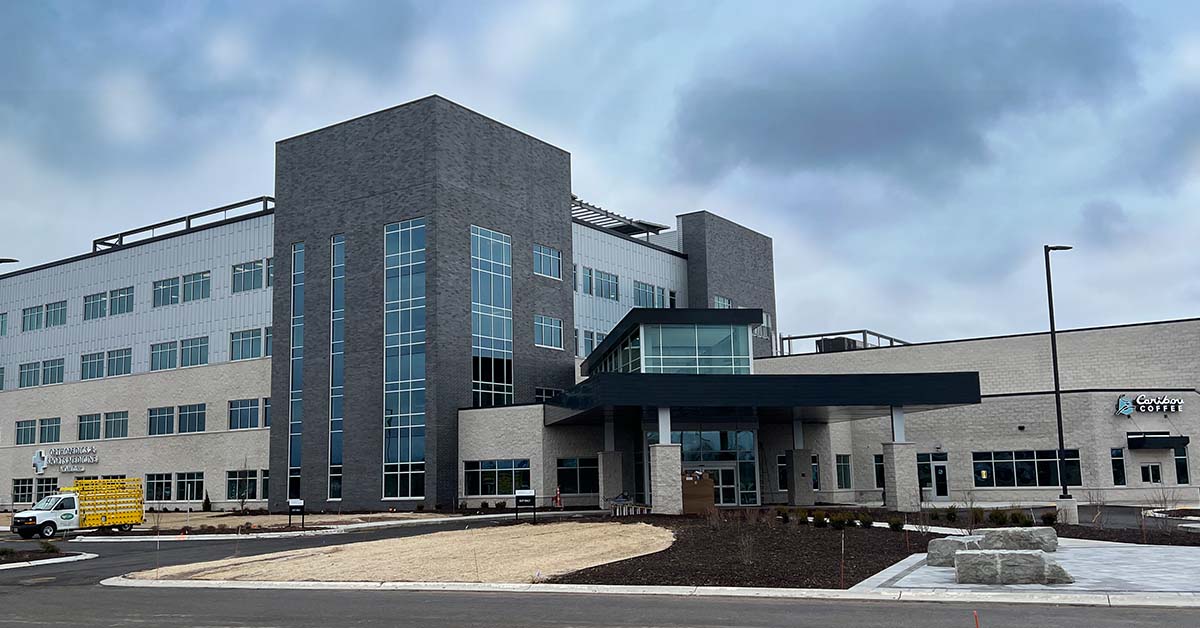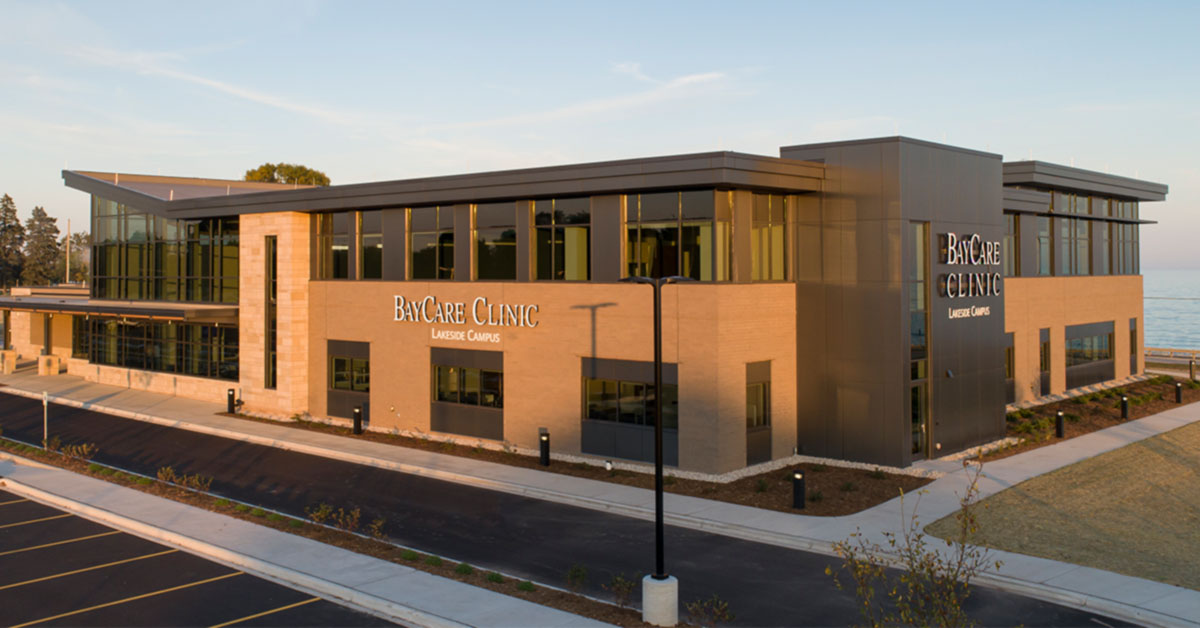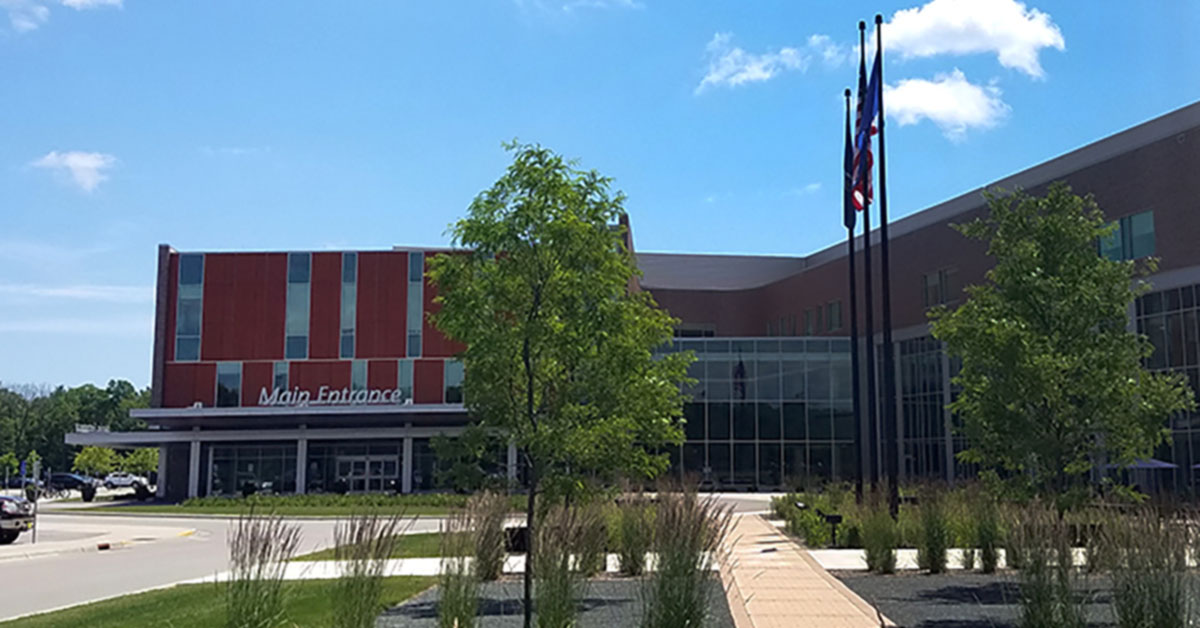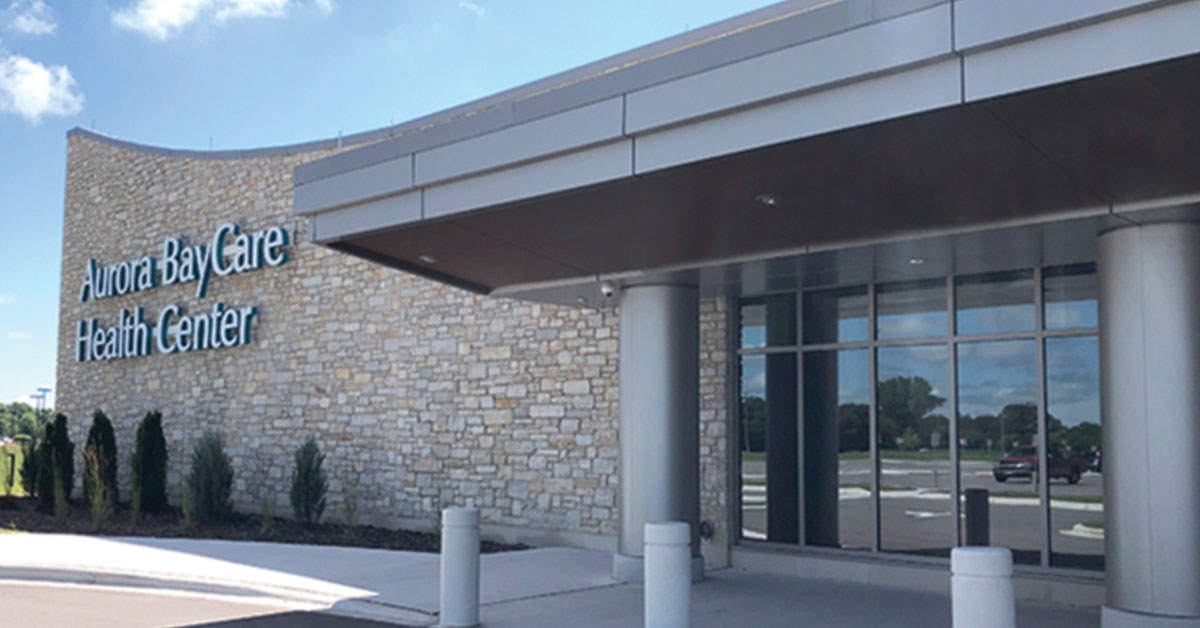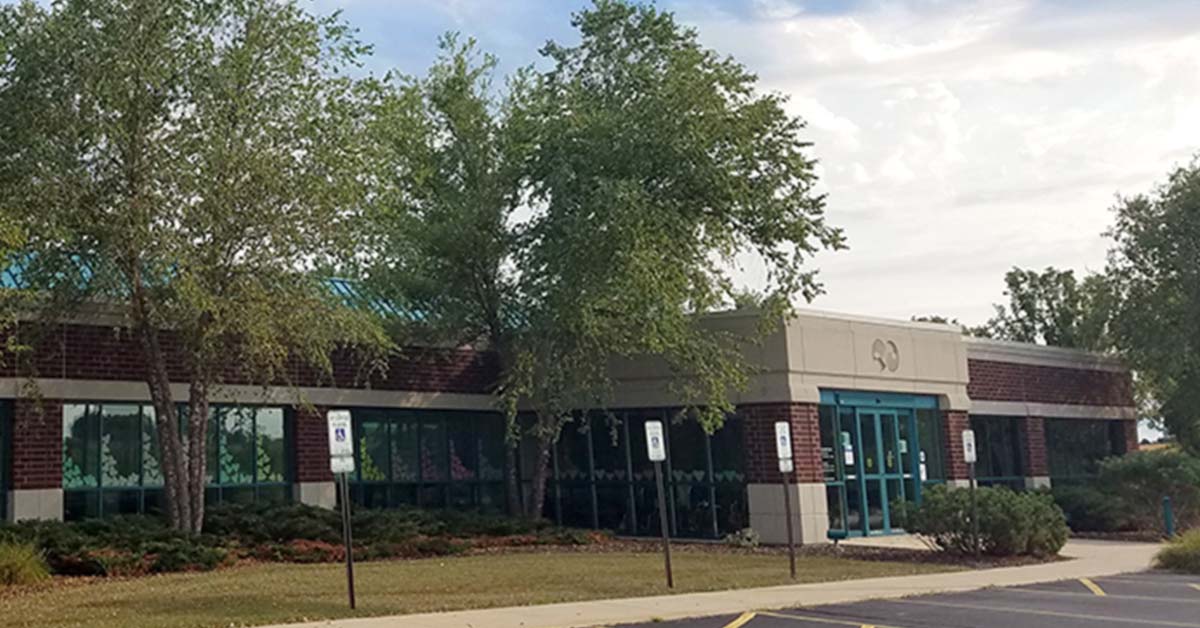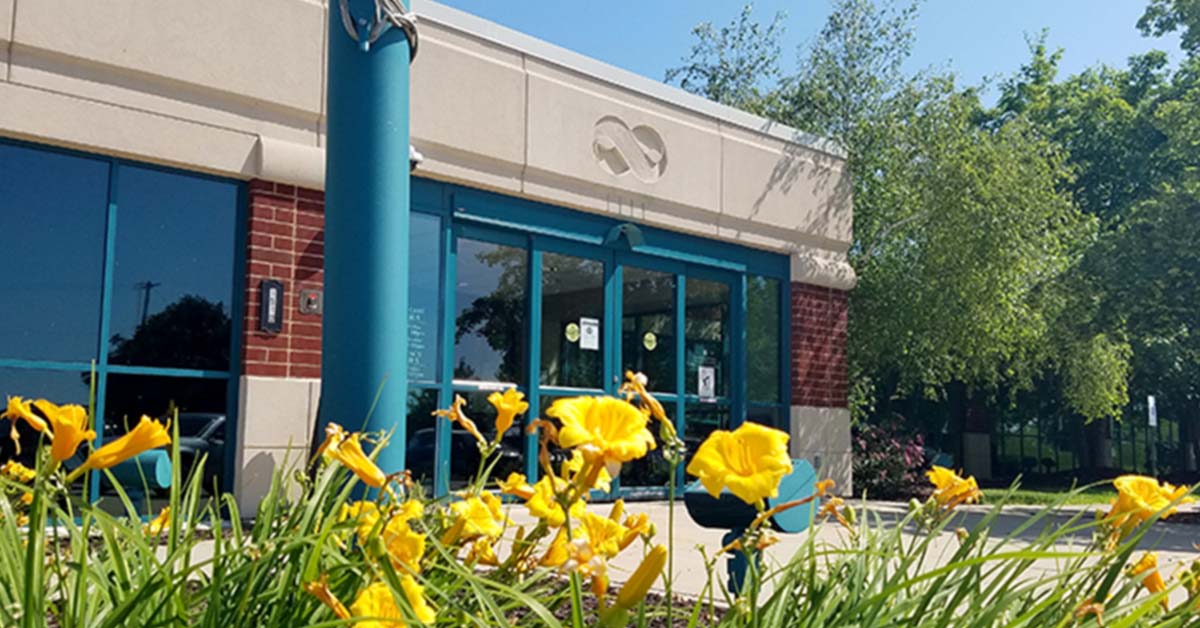Knee Surgery
Orthopedics & Sports Medicine
Treating injured knees and restoring optimal knee function with innovative services
Knee pain can be caused by a variety of conditions such as damaged cartilage, torn ligaments, injured muscles, alignment issues and osteoarthritis. Our goal is to create individualized care plans to reduce pain, improve mobility, reduce the likelihood of further injury and return people to their normal activities as quickly and safely as possible.
We offer a wide range of procedures to treat injured knees.
Cartilage procedures
Cartilage is the smooth, white coating on the ends of our bones that allows smooth movement of our joints. When cartilage is damaged, it can result in pain, catching, locking, and swelling. A chondroplasty, or cartilage reshaping, is a minimally invasive, or arthroscopic, technique where tools are used to smooth out the damaged cartilage.
In certain situations, a more invasive procedure is done where a healthy cartilage plug from a different part of your knee or a donor is used to fill the defective area in the damaged area of the knee. In specific situations, other less common cartilage procedures are used and your surgeon will determine if you are a candidate.
Learn more about cartilage procedures.
Meniscus procedures
A meniscus procedure addresses the torn c-shaped cartilage pad in the knee. Some small tears can be treated with nonsurgical methods, including physical therapy. If surgery is required, the tear is either removed or repaired during an outpatient procedure performed using minimally invasive arthroscopic techniques. A meniscus transplant may be a treatment option for the most severe tears, but your surgeon will determine if you are a candidate.
Learn more about meniscus procedures.
Ligament reconstruction
The ligaments of the knee help to provide stability to the joint especially with cutting and twisting type activities. Injury to one or many of the knee ligaments can be the result of a high-energy sport movement pattern with or without contact from another person or a low-energy movement pattern that occurs with unfortunate timing. There are four main ligaments that provide stability to the knee joint plus one additional ligament that provides stability to the patella, or kneecap.
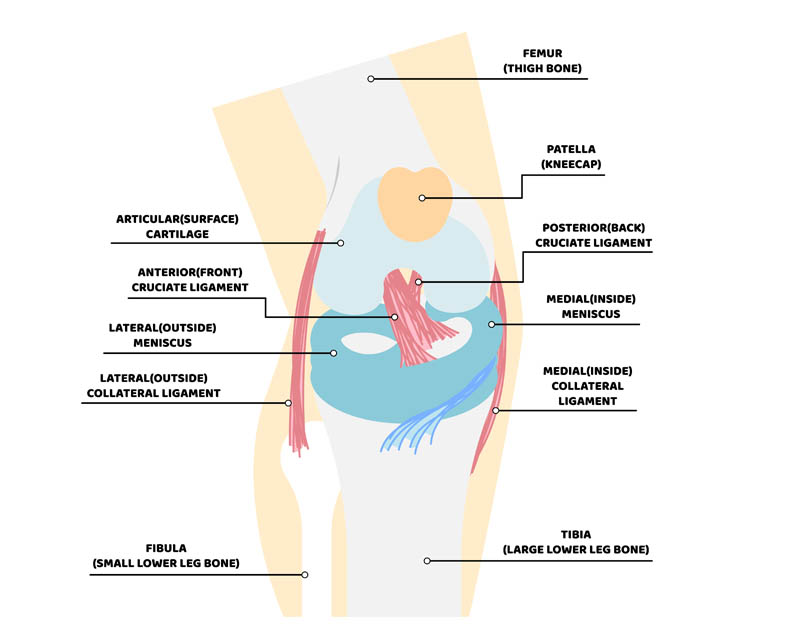
Ligaments of the knee
- Anterior Cruciate Ligament (ACL)
- Posterior Cruciate Ligament (PCL)
- Lateral Collateral Ligament (LCL)
- Medial Collateral Ligament (MCL)
- Medial Patellofemoral Ligament (MPFL)
Learn more about ligament reconstruction options.
Knee realignment
Damage to the knee joint can be caused by poor alignment of the leg. Knee realignment procedures can help restore the joint to normal alignment. Realigning the knee can prevent further stress in the knee and more cartilage damage. Realigning the knee also can either eliminate the need for total knee replacement or delay the need for total knee replacement.
